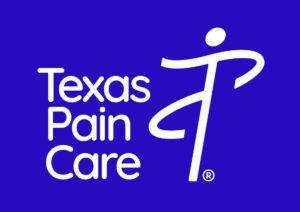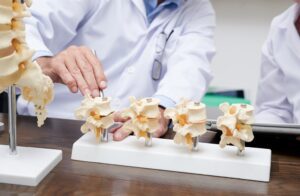
The back is the pillar of the body. It helps us to achieve all of our movements, including walking, reaching, lying down and exercising. Due to the fact that the back is always used, there is great opportunity for damage.

If you’ve ever experienced a headache, you know how debilitating it can be. Now imagine chronic head pain that doesn’t respond to over-the-counter medications or lifestyle changes. When the pain is felt in the back, front and/or sides of the head, and you feel like you’re in pain more often than you’re not, it might be worth looking into headache treatment with Occipital Nerve Block. The highly-trained Texas Pain Care team in the Sugar Land, Missouri City and Houston areas is available to review all treatment options to ensure each patient is able to live a pain-free life.
To first understand how a nerve block works, it’s important to understand the anatomy of the cervical spine. The occipital nerves are a group of nerves in the back of the head. They arise from the C2 and C3 spinal nerves (C is for “cervical” and refers to vertebrae in your neck). This very important group of nerves brings sensation to the back and top of the head.
There are three types of occipital nerves, which unfortunately allow for three different type of pain sensations:
Greater occipital nerve (GON): the largest occipital nerve, it provides sensation to the lower back and top of the scalp, ears and salivary glands
Lesser occipital nerve (LON): provides sensation to the back of the scalp and outer ear
Third occipital nerve (TON): provides sensation to the middle lower back of the scalp. This nerve is most susceptible to the effects of whiplash.
Most people have two of each of the aforementioned types of nerves, one for each side of the head. When these nerves are damaged or injured, there is also the opportunity for referred pain, which is pain felt in other areas of the head like the eye area.
An occipital nerve block helps headaches that aren’t directly caused by nerve irritation. The occipital nerves can act as transmitters of pain signals that cause migraines. Blocking these pain signals from your occipital nerves may remove the pain associated with them.
Occipital nerve blocks are most often used to treat occipital neuralgia and cervicogenic headache. Occipital neuralgia is a condition that usually follows trauma to the nerves in the back of the head, and usually occurs as a direct result of trauma. Cervicogenic headaches are often due to age-related deterioration in the head and neck.
Pain management specialists use occipital nerve blocks to help patients experience pain relief when other methods have failed. Occipital nerve blocks helps to treat numerous headache disorders including:
Occipital nerve blocks can also help to treat neck pain or upper back pain, as well as whiplash.
You can also send us a message
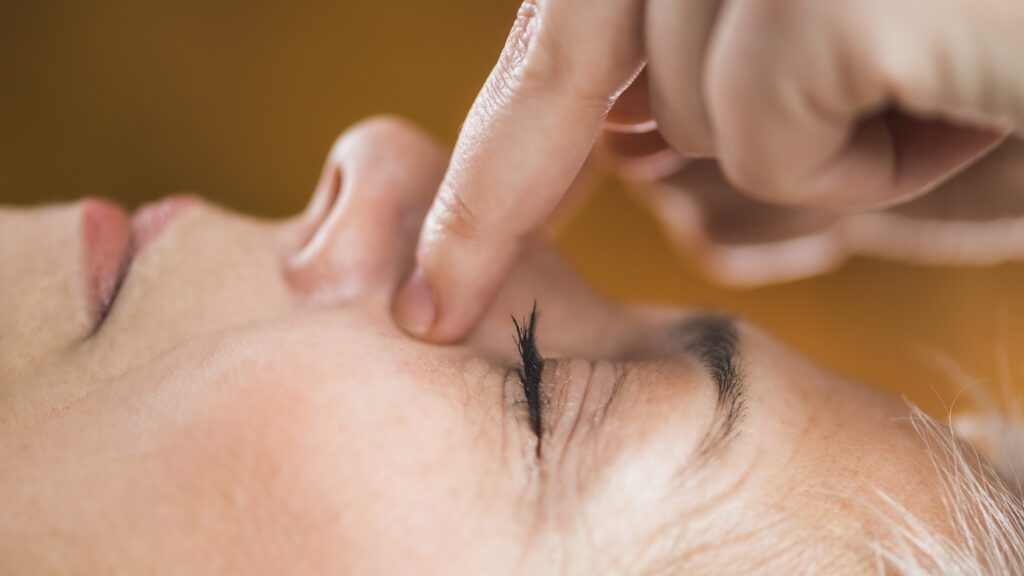
Patients who have taken advantage of occipital nerve blocks have experienced positive outcomes, including:
Scientifically speaking, occipital nerve block involves injecting an anesthetic near the greater occipital nerve to relieve pain and inflammation. It is a minimally-invasive treatment option that is performed on an outpatient basis.
To begin the procedure, a local anesthetic is applied to the injection site before completing the injection, which helps the patient to experience a more comfortable procedure. The injection of anesthetic and corticosteroid is targeted into the occipital nerves, with a goal to control pain and reduce inflammation in the nerve in and around the knee joint.
The procedure is relatively quick considering that it could take 15 minutes, on average. Most patients report feeling immediate pain relief, but it could take up to a week or two to feel complete relief. Recovery is also minimal, with most patients feeling only mild pain at the injection site.
Occipital nerve blocks are generally considered safe and offer patients great pain relief. However, like any medical procedure, there are risks that need to be considered.
Common side effects include:
Complications are very rare, and generally include bleeding, infection and pain at the injection site. Some patients might experience an allergic reaction or other adverse reactions to the anesthetic, but this should be minimized due to the preoperative examination, which is why partnering with an experienced pain management specialist is so important. Bleeding, infection, pain, and allergic or other adverse reaction to the anesthetic or steroid are possible, but also very rare.
It is also important to note that creating healthy habits can help to manage chronic headaches and head pain, and include minimizing stress, drinking less alcohol, drinking lots of water, sleeping enough, enjoying an active lifestyle, and avoiding bright lights and loud sounds.
If you’re experiencing chronic headaches and haven’t found relief from medications or traditional therapies, then platelet rich plasma therapy might be a great option for you. The Texas Pain Care team is able and willing to help all patients determine both the cause of their knee pain as well as the best course of treatment, with a goal to help them enjoy their best quality of life. If you’re in the Missouri City, Houston or Sugarland areas, please make an appointment today so that you can begin to experience pain relief tomorrow.

The back is the pillar of the body. It helps us to achieve all of our movements, including walking, reaching, lying down and exercising. Due to the fact that the back is always used, there is great opportunity for damage.

If you’re experiencing pain in your upper extremities but have yet to find relief from either conservative methods or unsuccessful pain management treatments, there is thankfully another option. Stellate ganglion blocks have proven to be a successful method for helping patients finally find pain relief, as well as offer greater insight into why they are experiencing pain in the first place.
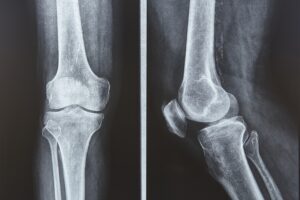
For patients living with chronic pain, uncomfortable with medications or avoiding surgery, PRP is an increasingly popular option. The regenerative therapy uses platelets and stem cells for healing and repair through minimally-invasive techniques.
Get out of pain
Get back to living
Treatments
Conditions
